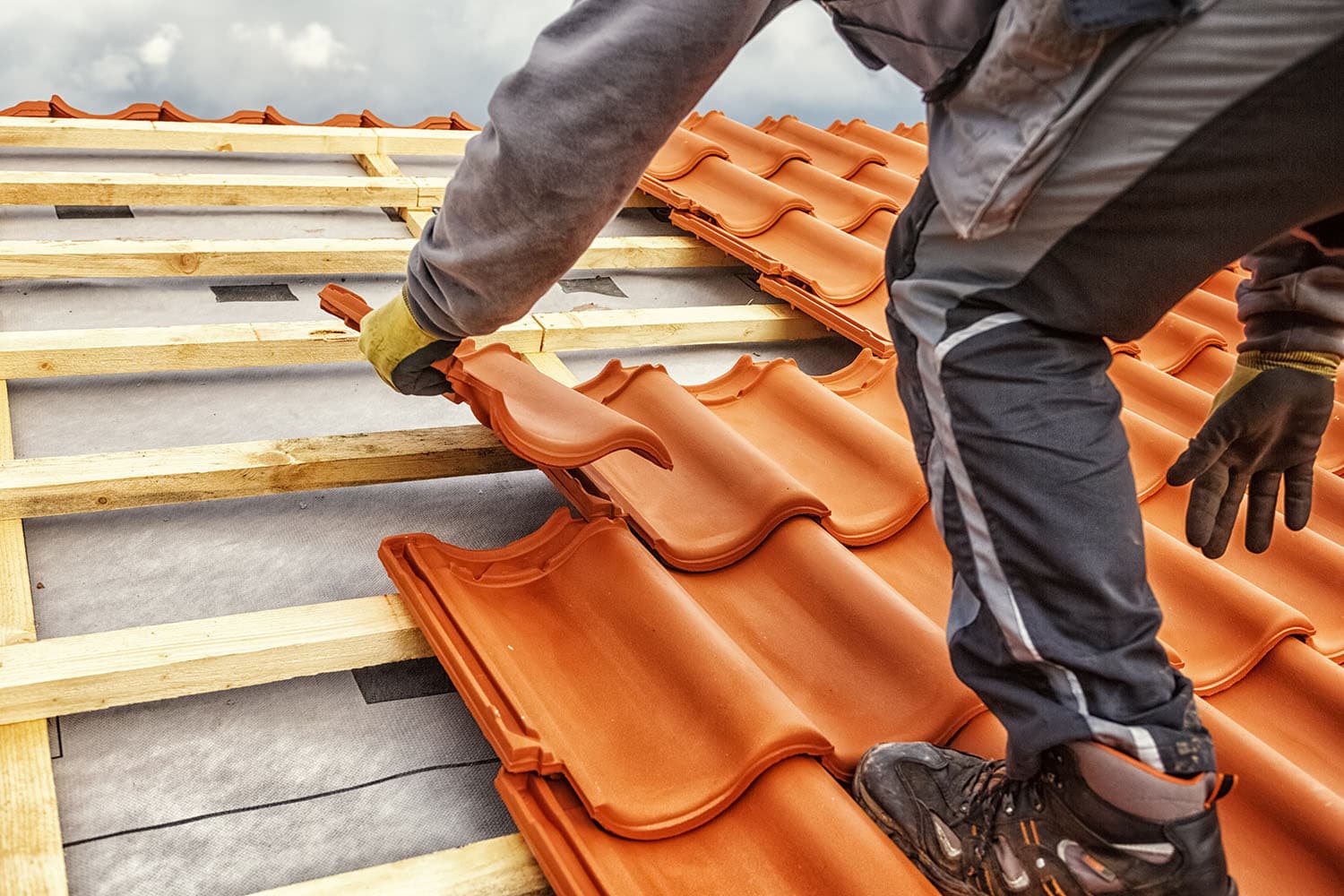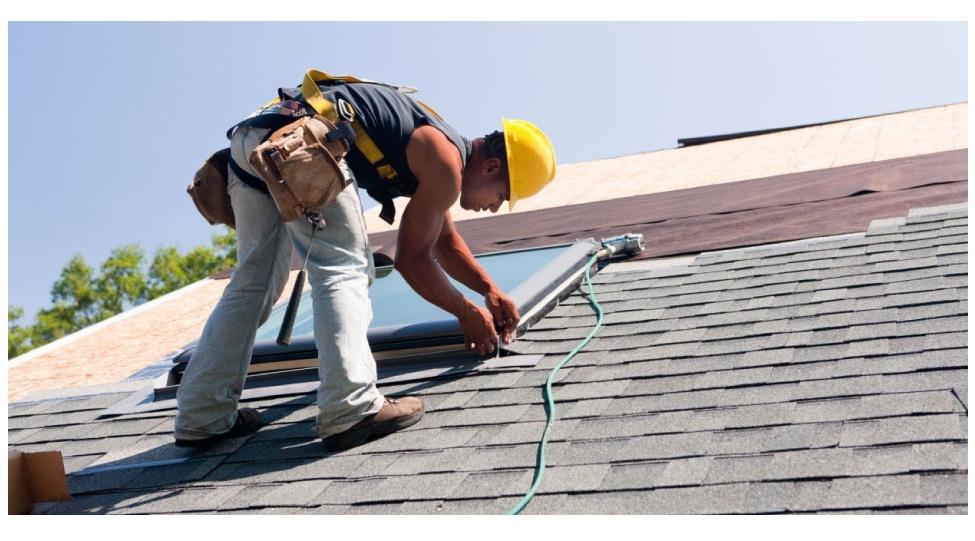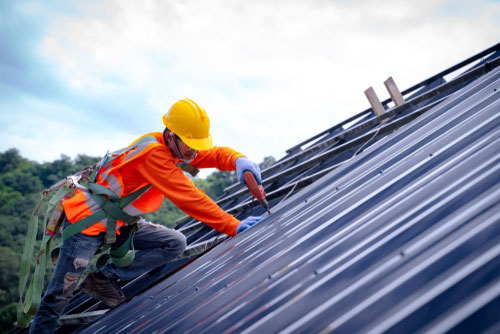How to Examine Various Roof Covering Options for Your Structure Needs
Assessing roofing alternatives for your building calls for a detailed strategy that considers various variables such as the meant usage of the framework, regional environment problems, and material attributes. It is necessary to evaluate the benefits and drawbacks of various roof types, from asphalt shingles to steel and clay ceramic tiles, while likewise factoring in first expenses and long-term upkeep. Additionally, understanding energy performance and visual appeal can affect your choice. As you contemplate these factors to consider, one concern stays: which factors will eventually direct your selection for a lasting and visually pleasing roof covering service?
Examining Your Building's Demands
To properly assess roof covering options, begin by extensively assessing your building's demands. Beginning by thinking about the structure's planned use, as various frameworks may require differing roof covering specifications. Residential roofing systems typically focus on appearances and insulation, while commercial buildings may focus on sturdiness and load-bearing capability.
Following, examine the local environment problems that will influence roof performance. Aspects such as temperature fluctuations, rainfall levels, and wind patterns can affect product option and design. A roof covering system that masters a temperate environment may not execute also in locations susceptible to heavy snowfall or severe heat.
In addition, evaluate the architectural stability of your structure. Make sure that the existing structure can support the selected roof materials, especially if taking into consideration larger options. It is also critical to examine any regional building ordinance or regulations that might determine specific demands for roof.

Contrasting Roof Covering Materials
Once an extensive evaluation of your building's requirements has been finished, the next step includes comparing various roof covering products. Each material provides distinct benefits and downsides, making it necessary to straighten your option with your specific demands and scenarios.
Asphalt roof shingles are widely identified for their cost and ease of installation, making them a prominent choice for household buildings. On the various other hand, steel roofing, recognized for its longevity and long life, can endure harsh weather but might feature a higher first investment.
Clay and concrete tiles supply outstanding thermal insulation and visual appeal, specifically for Mediterranean-style design, yet they call for a more durable structural assistance due to their weight. Timber shakes offer an all-natural look and great insulation homes yet may require more maintenance and are at risk to fire dangers.
Assessing Price and Budget Plan
Analyzing your roofing choices demands a careful examination of cost and budget plan factors to consider. The overall budget plan for a roof covering project makes up a number of factors, including material prices, labor expenditures, maintenance, and prospective long-lasting financial savings. It is necessary to develop a clear spending plan before checking out particular roof covering materials, as this will certainly assist the decision-making procedure and aid you stay clear of overspending.
Begin by obtaining quotes from several contractors to recognize labor prices in your region. Ensure that these estimates consist of all necessary services, such as elimination of the old roofing, installment, and any kind of additional attributes, like insulation or ventilation renovations - Perrysburg Roofer. Next, examine the price of numerous roof products, thinking about both first installment expenses and expected life-span

Comprehending Power Performance
Power performance plays an essential function in the choice of roof you can try this out materials and systems, substantially influencing both power intake and total convenience within a structure. An appropriate roof covering can boost thermal efficiency, lowering the demand for home heating and cooling down systems, which consequently decreases energy costs and decreases environmental impact.
When evaluating roof covering choices, consider products that reflect instead than take in heat. Additionally, proper insulation and air flow are vital to optimize the power effectiveness of the whole roof system.
Another crucial element is the roof's durability and upkeep demands. Durable products that require less frequent substitute contribute to lasting energy financial savings. The power efficiency of a roof system can additionally be evaluated via its compliance with well established sustainability click here for info rankings such as ENERGY STAR or LEED.
Taking Into Consideration Aesthetic Charm
A roofing system's visual appeal substantially affects the overall appearance of a structure, enhancing its architectural style and improving aesthetic appeal. Roofing Contractor. When examining roof covering options, it is necessary to take into consideration how the chosen material, color, and style will certainly integrate with the existing framework and neighborhood. A well-designed roofing system can raise also the most basic of structures, changing them right into aesthetic focal points
Different roofing materials provide different aesthetic high qualities. Traditional shingles might evoke a classic charm, while metal roofing can impart a modern, sleek look. In addition, the shade of the roof covering product plays a vital duty; lighter tones can make a building appear even more sizable, while darker tones might produce a cozier ambiance.
Moreover, building components, such as dormers and eaves, can improve the roofing system's visual influence. It is suggested to speak with expert designers or architects to make certain the chosen roofing option straightens with the total style intent. Eventually, a roofing system should not just offer functional advantages however also add positively to the structure's aesthetic, reflecting the proprietor's taste and the personality of the surrounding atmosphere.
Conclusion
